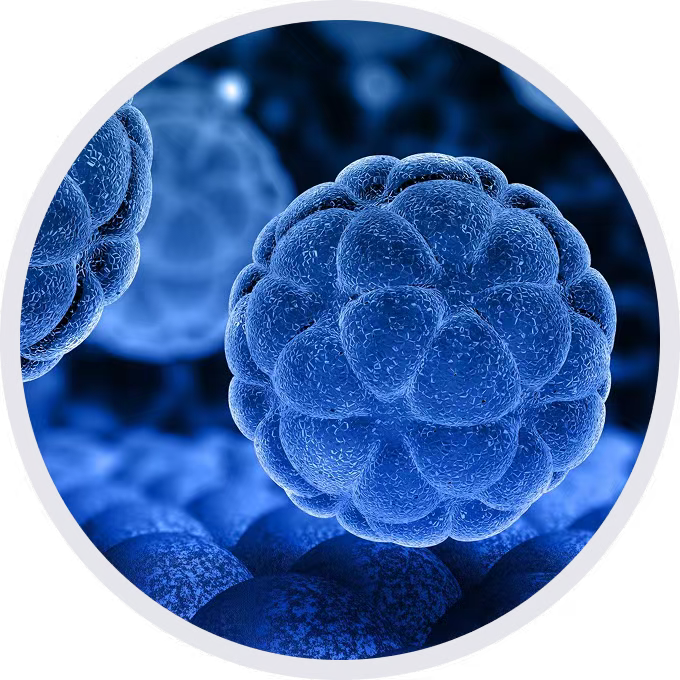
• 321868

| Product name | B-Tg(Luc) PC-3 |
|---|---|
| Catalog number | 321868 |
| Chromosome | Human |
| Tissue | Prostate |
| Disease | Adenocarcinoma; Grade IV |

Luminescence signal intensity of B-Tg(Luc) PC-3 cells. Cell lysates of wild-type PC-3 and B-Tg(Luc) PC-3 were measured using the Bright-GloTM luciferase Assay (Promega, Catalog No. E4030). B-Tg(Luc) PC-3 cells have a strong luminescence signal that is not present in wild-type PC-3 cells.

Establishment of orthotopic prostate cancer model. The mouse orthotopic prostate cancer was generated by implanting B-Tg(Luc) PC-3 cells in the dorsal prostate lobes of B-NDG mice (male, n=7), and the body weight and signal intensity of the mice were recorded weekly. (A) Signal intensity. (B) Body weight. (C) Raw bioluminescence images. The results showed that the tumor volume increased and body weight of mice slightly change during this study. This indicates that the cell line was successfully constructed as an orthotopic tumor model. H&E staining showed that tumor cells were seen in prostate(D). Values are expressed as mean ± SEM.